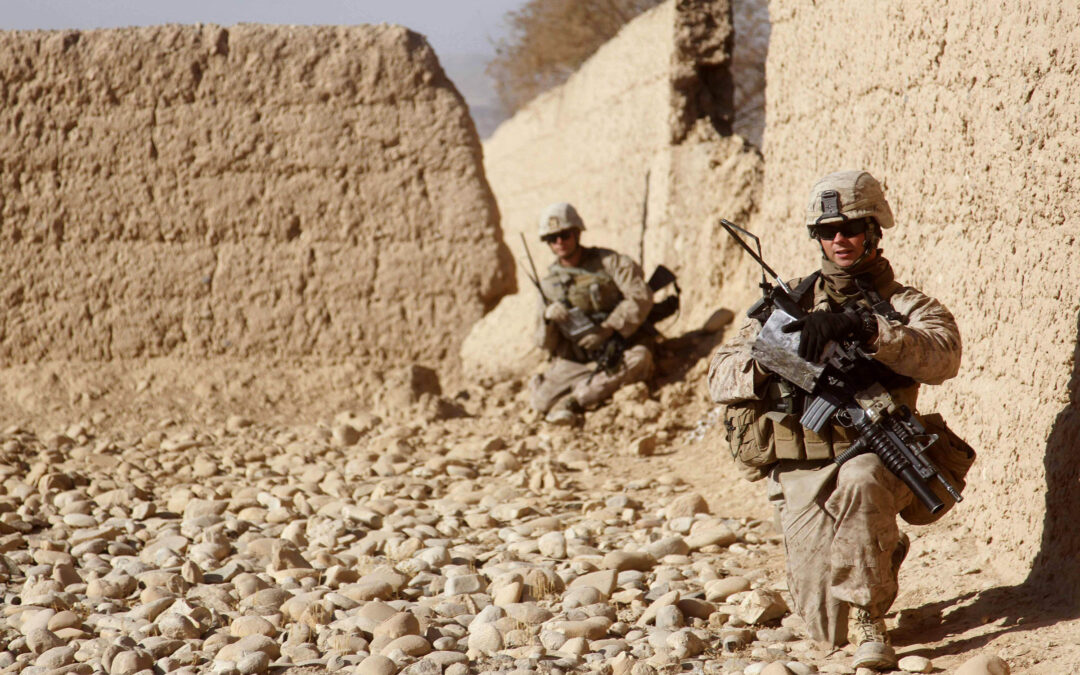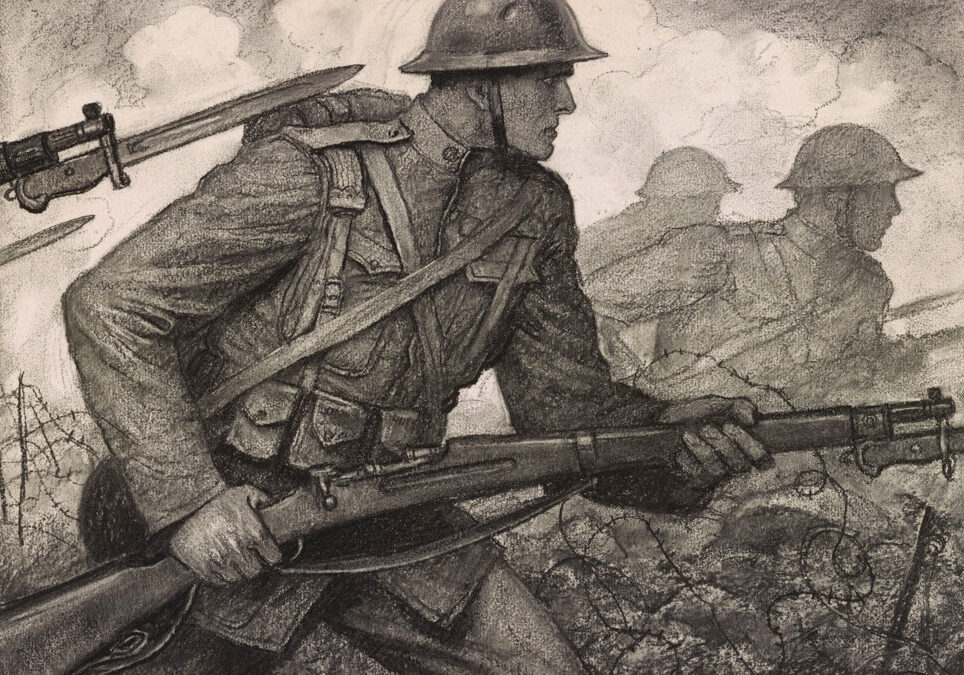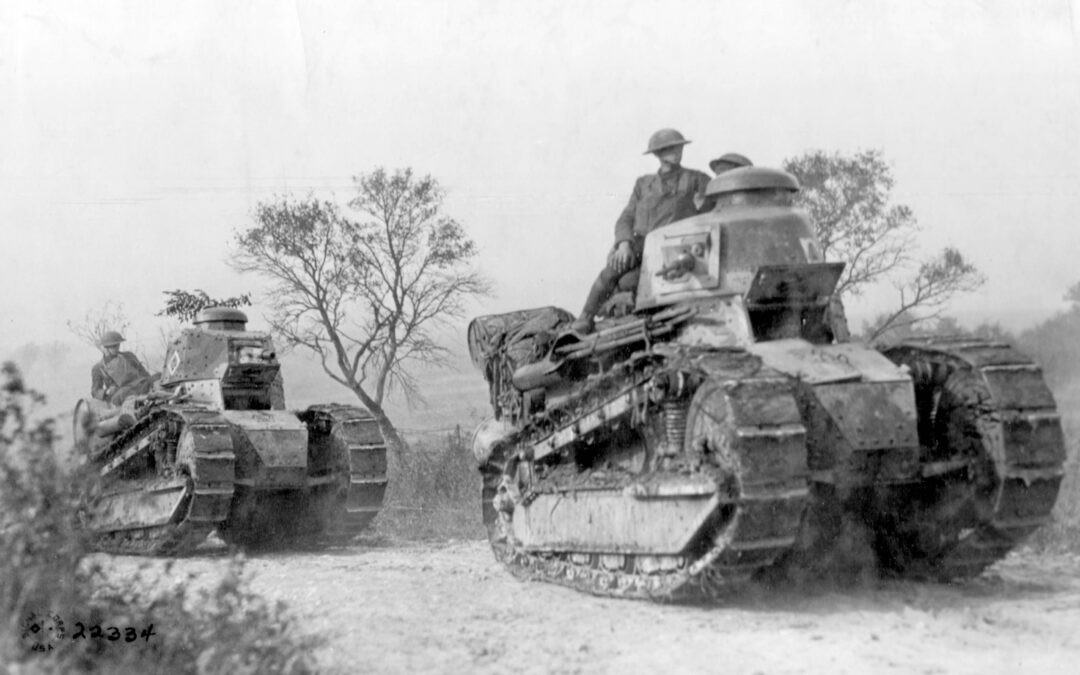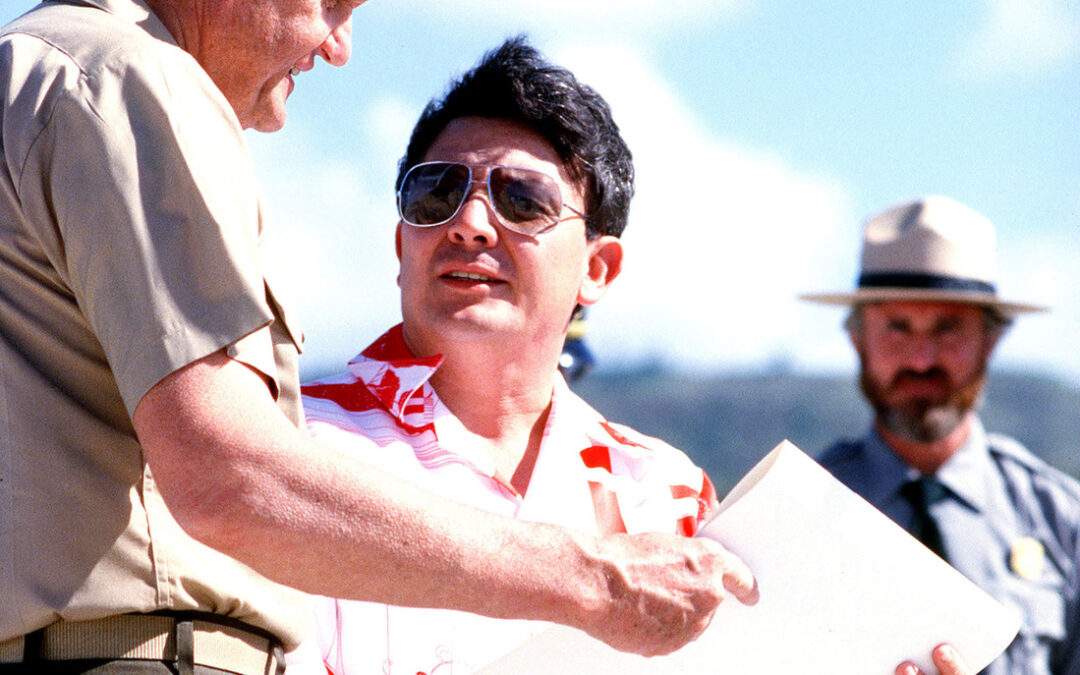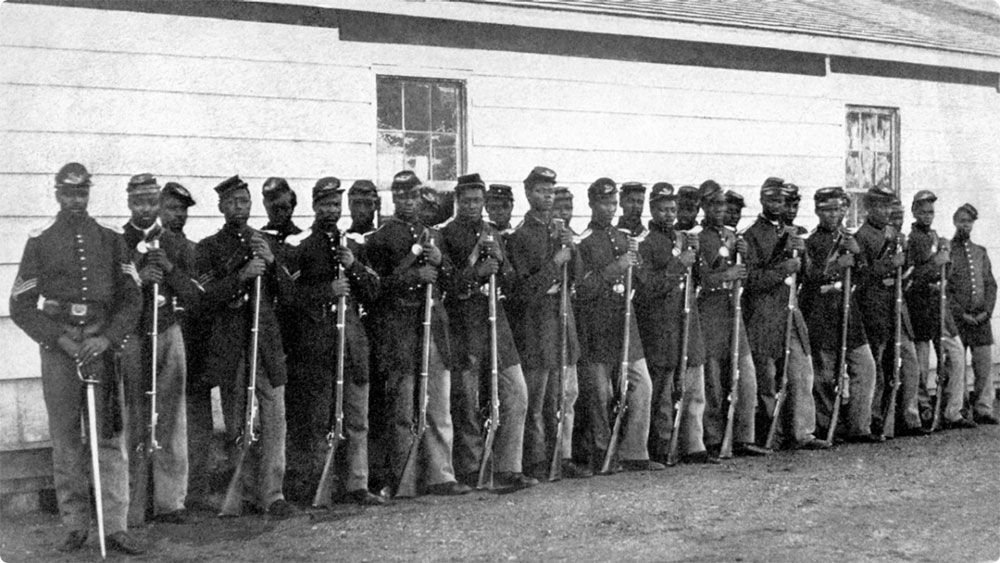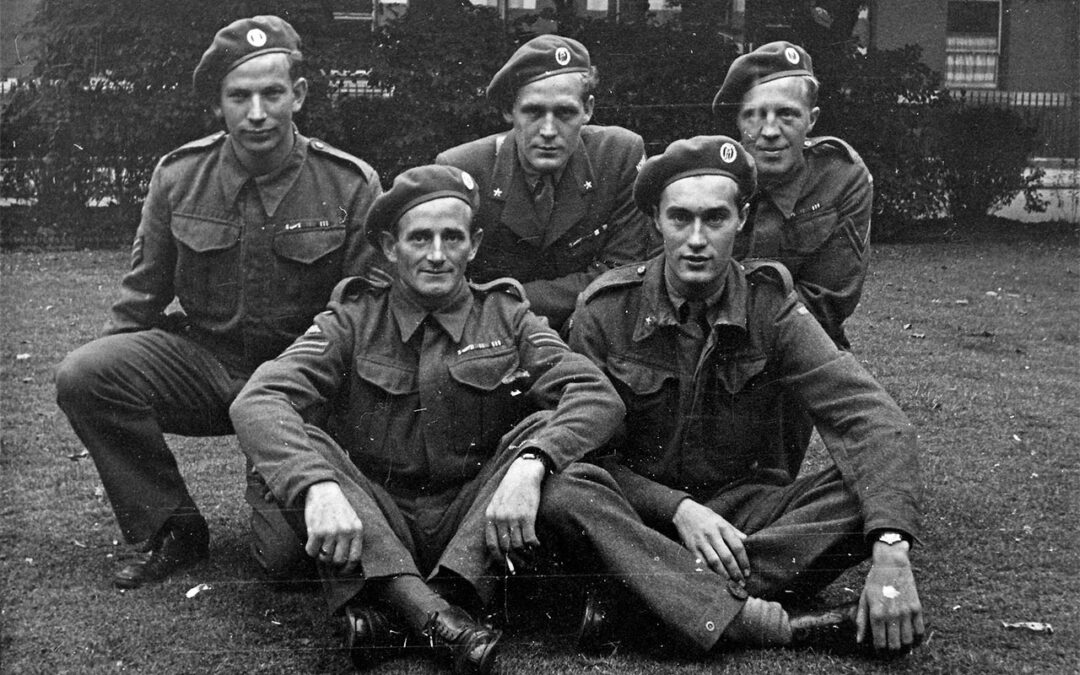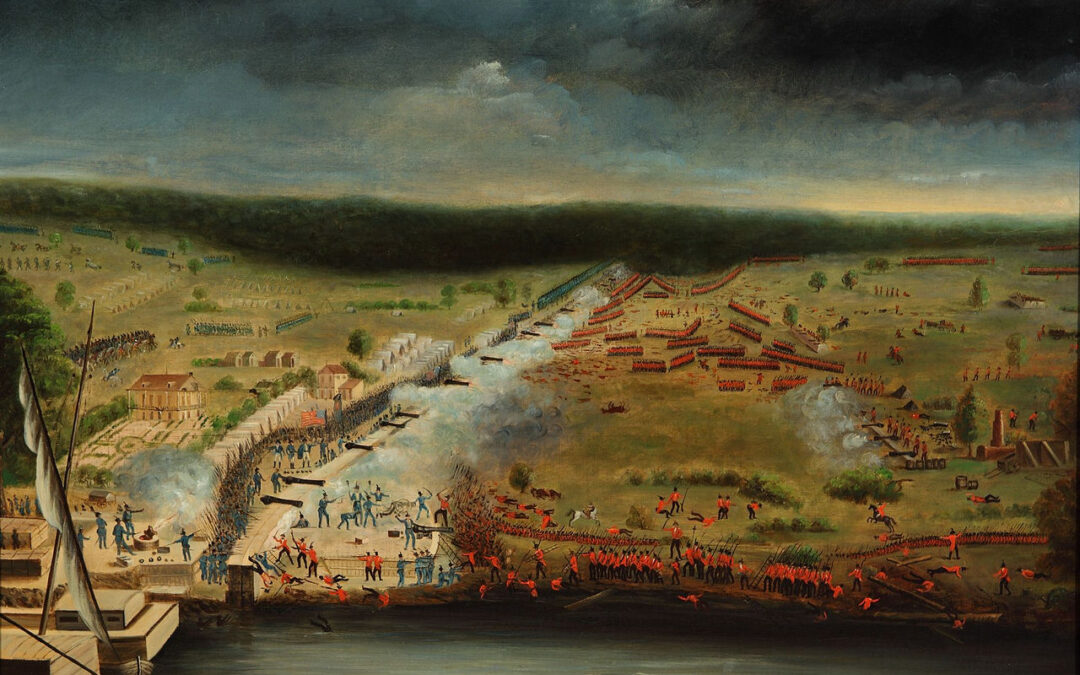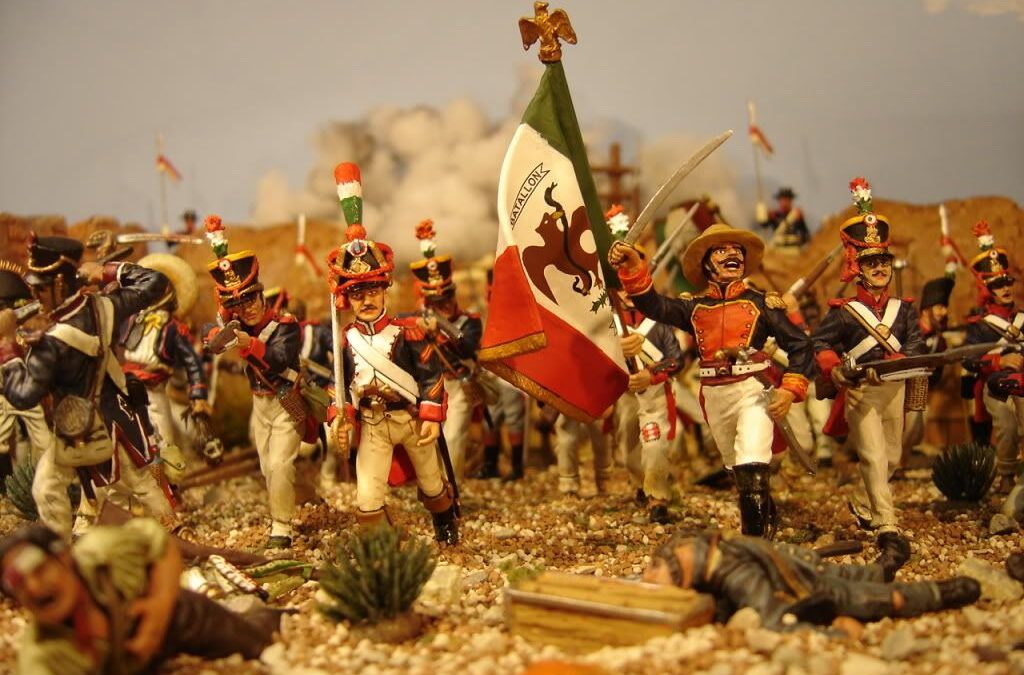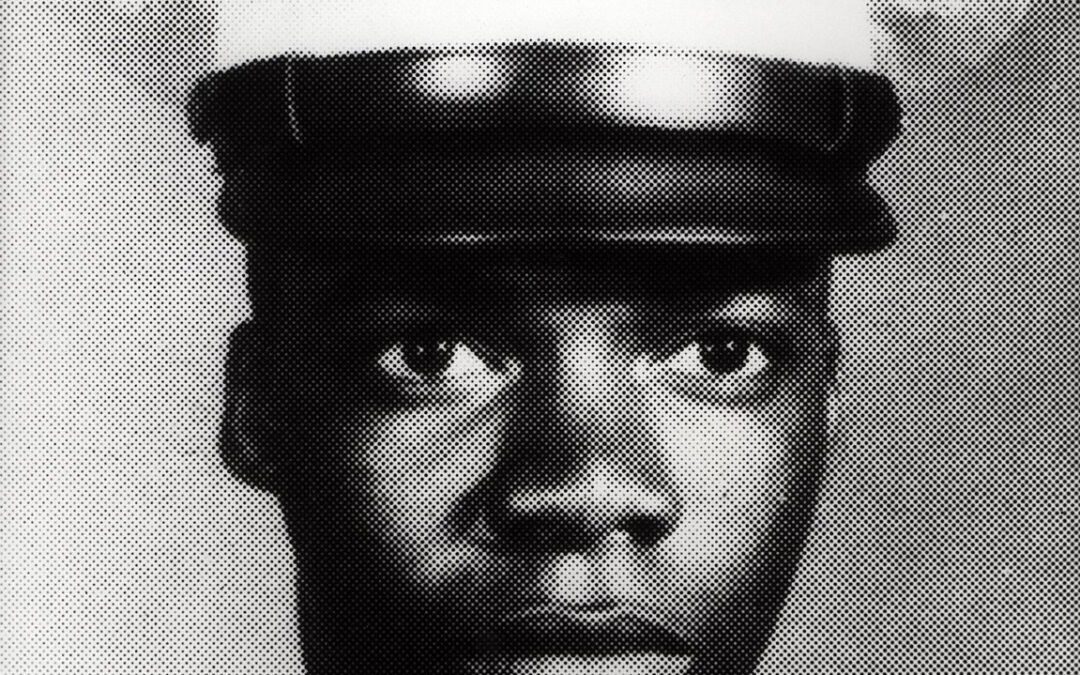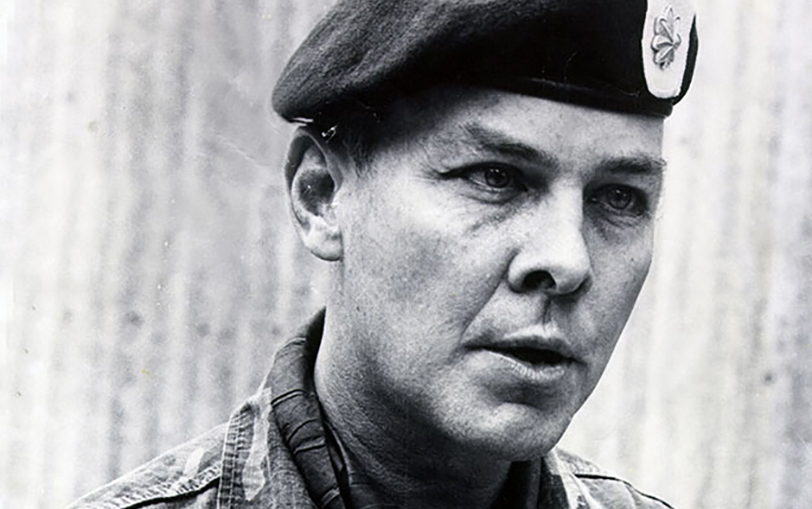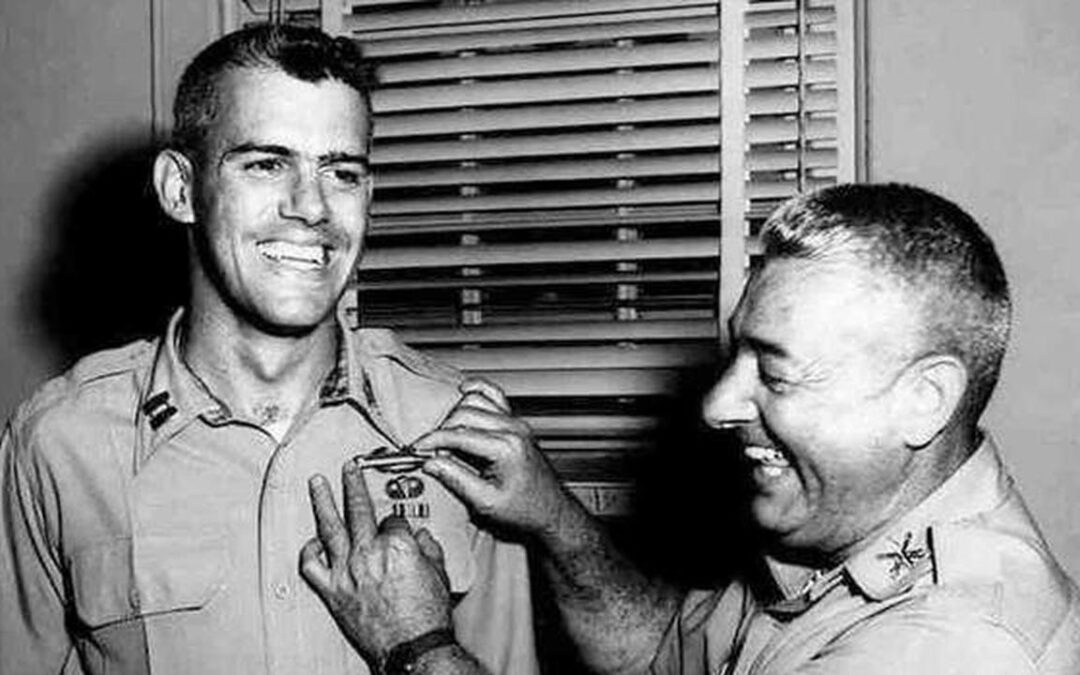After the fall of Mazar-i-Sharif, Kabul, and Herat, Kandahar was the last major city under Taliban control. Kandahar was where the Taliban movement had originated and where its power base was located, so it was assumed that capturing Kandahar would be difficult. The city fell after several weeks of fighting to a force of local militia under Pashtun military commanders and their American advisers. First Wave Of Aerial Attacks Against The Taliban In preparation for the attack of Kandahar, the first wave of aerial attacks against the Taliban was launched on October 7, 2001, at 6:30 pm local time. A group of United States Air Force (USAF) bombers consisting of five B-1s and ten B-52s took off from Diego Garcia in the Indian Ocean. They were complemented by twenty-five United States Navy (USN) F-14s and F/A-18s strike aircraft from the aircraft carriers USS Carl Vinson and USS Enterprise in the North Arabian Sea. The Royal Air Force (RAF) and USAF provided L-1011s, KC-135, and KC-10s to...
